The Equal Employment Opportunity Commission (EEOC) enforces a number of federal laws including Title VII, which prohibits discrimination based on race, color, national origin, religion and sex (including pregnancy). Title VII applies to employers with 15 or more employees. However, even if an employer is not covered under the federal law, it may still be covered by state or local anti-discrimination laws.
The EEOC’s Strategic Plan for Fiscal Years 2012 – 2016 states the following national priorities:
1. Eliminating Barriers in Recruitment and Hiring. The EEOC is targeting class-based recruitment and hiring practices that discriminate against racial, ethnic and religious groups, older workers, women and people with disabilities.
2. Protecting Immigrant, Migrant and Other Vulnerable Workers. The EEOC is focusing on disparate pay, job segregation, harassment, trafficking and discriminatory policies affecting vulnerable workers who may be unaware of their rights under the equal employment laws, or otherwise are reluctant or unable to exercise them.
3. Enforcing Equal Pay Laws. The EEOC is addressing compensation systems and practices that discriminate based on gender.
4. Preserving Access to the Legal System. The EEOC is targeting policies and practices that discourage or prohibit individuals from exercising their rights under employment discrimination statutes, or that impede the EEOC’s investigative or enforcement efforts.
5. Preventing Harassment Through Systemic Enforcement and Targeted Outreach. The EEOC is pursuing systemic investigations and litigation and conducting a targeted outreach campaign to deter harassment in the workplace.
Consistent with these priorities, just recently the EEOC sued seven employers for national origin, race and/or religious discrimination and reached verdicts or significant settlements in two other cases.
For example, the EEOC sued a Florida restaurant chain alleging that the company subjected its kitchen employees to a hostile work environment because of national origin and color and unlawfully retaliated against an employee for filing a discrimination charge. According to EEOC’s suit, the kitchen managers created a hostile work environment by making comments such as “You Mexicans are ignorant,” “Mexicans are lazy,” and “These Mexicans are stupid,” as well as regularly referring to one employee by her national origin (Guatemalan) and singling her out with epithets based on her dark skin color. After that employee filed a discrimination charge with EEOC, the company fired her stating that she could no longer be trusted. In its press release announcing this lawsuit, the EEOC noted that “[c]ombating discrimination against [such] workers” falls within its priorities of “protecting immigrant, migrant and other vulnerable workers” and “[p]reserving access to the legal system.”
Similarly, the EEOC brought suit against a hotel management company because of offensive comments made to black employees by other employees. The EEOC noted that “the company was aware that racial harassment was occurring at the hotel, [and] it took little or no action to stop it.”
The EEOC also sued a restaurant alleging a hostile work environment for Hispanic employees. The EEOC alleged that restaurant management demanded that the Hispanic employees speak only English and fired one employee in retaliation for his complaint. In its press release, the EEOC noted that its national priorities include preventing workplace harassment through enforcement and eliminating discriminatory practices affecting vulnerable workers who may be unaware of their rights or reluctant to exercise them.
These cases demonstrate the importance of the EEOC’s national priorities and underscore that lawsuits can be based on words alone and based on the actions of employees when combined with inaction by the employer. In order to protect employees from a hostile environment (and to avoid getting on the EEOC’s radar), employers should have effective prevention programs and appropriate protocols to address any harassment which may, nonetheless, occur.
Prevention requires excellent training. A member of the EEOC’s Select Task Force on the Study of Harassment in the Workplace discussed “the factors that make training productive, including training all employees, not just managers, every 12-18 months; utilizing live trainers; tailoring the training to the workplace; training in multiple languages when necessary; and training employees, managers, and HR professionals separately.”
However, even with the best of prevention programs, an employer may still receive complaints of harassment. To handle such complaints properly, the EEOC’s Task Force recommends that employers have multiple avenues for employees to report harassment, that employers promptly investigate harassment allegations and swiftly issue discipline when warranted.
In short, seek to stay off the EEOC’s radar by having a good prevention program and appropriate complaint handling procedures. To do this, Affinity HR Group or a trained labor law attorney who specializes in training and neutral investigations can assist you.
By Affinity HR Group’s contributing author, Cynthia Maxwell Curtin, Esq., of counsel with Curtin & DeJoseph, PC; 315-530-8745; [email protected].





